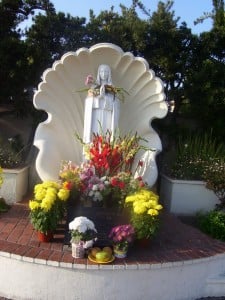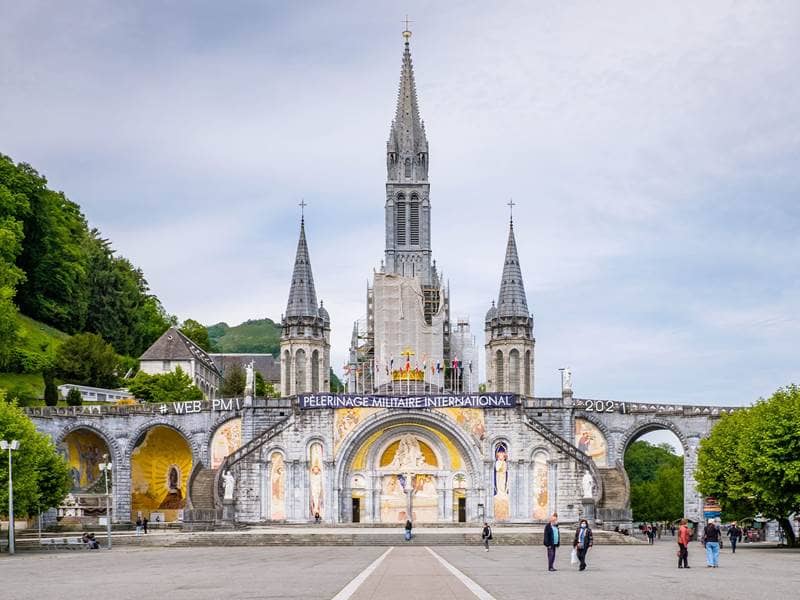
- Trending:
- Pope Leo Xiv
- |
- Israel
- |
- Trump
- |
- Social Justice
- |
- Peace
- |
- Love
The 100 Most Holy Places On Earth
Sanctuary of Our Lady of Lourdes

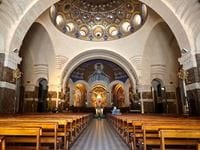
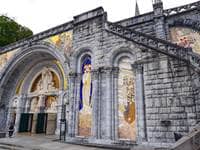
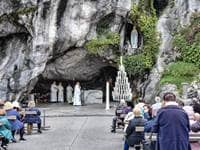
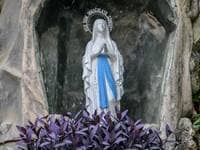
Also Known As:
Notre-Dame de Lourdes
Sanctuary of Our Lady of Lourdes
Sanctuaire de Notre-Dame de Lourde
Associated Faiths:
Though a small number of non-Catholic Christians are also drawn to the site.
Accessibility:
Open to visitors.
Annual visitors: 6,000,000
History
The Sanctuary of Our Lady of Lourdes was founded because of a series of 19th century Marian visions received by a young French peasant girl named Bernadette Soubirous. The 14-year-old was out gathering firewood along the banks of a river when she heard a sound which captured her attention. In a nearby grotto, Bernadette said she saw a white-robed woman with a blue sash who remained visible for some 15-minutes before disappearing. Over the next six months, the youth had 18 visions from this “incomparably beautiful phantasm.” Some believed her claims. Others did not. During one of her visionary encounters, Bernadette was instructed to tell the town’s people to build a church. During another, she was told by the woman to “drink at the spring” and “wash in its waters”—though there was no known spring in that location. Puzzled, the 14-year-old began to dig, unearthing an underwater spiring which has continued to flow ever since. It was not until her 16th vision that Bernadette learned that the spirit who kept appearing to her was the Virgin Mary, who announced herself as “the Immaculate Conception.” This declaration was actually a turning point, because the Roman Catholic Church had only declared Mary to have been conceived through an “Immaculate Conception” four years earlier (1854). Thus, when the local priest (Dominique Peyramale) heard this detail—knowing that the uneducated peasant girl could not know of this doctrinal development—he believed the story and the fame of Burnadette and Lourdes began to spread.
Because of the miraculous visions said to have happened at this location, Lourdes is not only the home of the famed grotto and healing spring, but also to three basilicas—the Basilica of Our Lady of the Immaculate Conception, the Rosary Basilica, and the Basilica of St. Pius X. Because the fame of the place began to grow, in 1861, Bernadette’s parish priest and his superior (Bishop Bertrand-Sévère Laurence) purchased the cave and its surrounding land from the town of Lourdes—with the intent of developing it as a place of pilgrimage.
The grotto at Lourdes, and the other related sites in the town, have become so popular that more than 300 people (from literally all over the world) work those sites, guiding and helping the millions of tourists who visit each year. The waters of the spring a Lourdes are said to have healing properties. Thousands who have either drunk from, splashed themselves with, or immersed themselves in the waters at the site claim to have been healed by it (or by the Virgin Mary or Saint Bernadette). That being said, as of 2023, the Vatican has only officially investigated and recognized about 70 of those healing claims as verifiable.
More important than Lourd’s three basilicas and other attractions is the Grotto of Massabielle—where Bernadette indicated her 18 visions happened. In comparison to the elaborate buildings erected around the shrine, the cave of the apparitions is quite plain. While it does contain a statue of Mary, an altar and lectern (for the celebration of the mass), and a massive candelabra (which holds 96 candles), it is otherwise rather stark. The original spring which Bernadette is said to have uncovered (as she dug) is located at the rear of the grotto. However, it is shielded by glass, and the water from it is piped to locations where pilgrims can readily access it.
Religious Significance
Of all Christian denominations, Roman Catholicism has the most developed doctrines surrounding the importance of the Virgin Mary. Traditional Catholics tend to see Mariology as important as Christology in their day-to-day faith. And while the Church only clarified their position on Mary about 4-years prior to Burnadette’s visions, it seems fair to say that her 18 encounters with the Holy Mother helped to solidify Mary’s place in the modern Church. Thus, the grotto at Lourdes is a “sacred space,” both because of the Marian apparitions which happened there, and also because of their influence on pilgrims and parishioners alike.
Eight years after the visions started, Bernadette moved from Lourdes to Nevers (near Paris), in order to become a Catholic nun. She died in the convent only 13-years later, at the young age of 35. (Her pre-mature death is attributed to asthma complicated by a number of other health challenges.) Declared a saint in 1933, Bernadette’s incorruptible remains are on display (in a glass casket) at Espace Bernadette Soubirous Nevers (in Nevers France). Thus, this young faith-filled woman sanctified two holy sites: the place where she repeatedly saw the Mother of Christ, and the place where her incorruptible remains lay visible to all who make the trek.
Aside from the visionary nature of the place, the grotto is also a “sacred site” because of the history of healings which have taken place there. Thousands have claimed healings during or after a visit to Lourdes—through Mary or the spring she cause to pour forth from the earth. Thus, millions each year make a pilgrimage to the site, some just to venerate it and to feel of its sacred spirit, and others in the hopes of discovering one of the secrets conveyed by the Holy Mother (but taken by Bernadette to her grave). However, many who come specifically do so in the hopes that they too will be the recipient of a healing miracle—as was Catherine Latapie Chourat, the first to be healed there (way back in 1958, when her paralyzed arm recovered after touching the waters).
While not the most visited Marian shrine in the Church, the Sanctuary of Our Lady of Lourdes is one of the most important and popular sites associated with a vision of the Virgin Mary. In some ways it is more important than other Marian shrines, specifically because of the multitude of healings which have taken place there. But also because Marian appearances have not been that uncommon in the history of the Church, but never has she appeared at the same site anywhere near as many times as she did here. Thus, for those strongly into Mariology, there can hardly be a holier place to visit.





